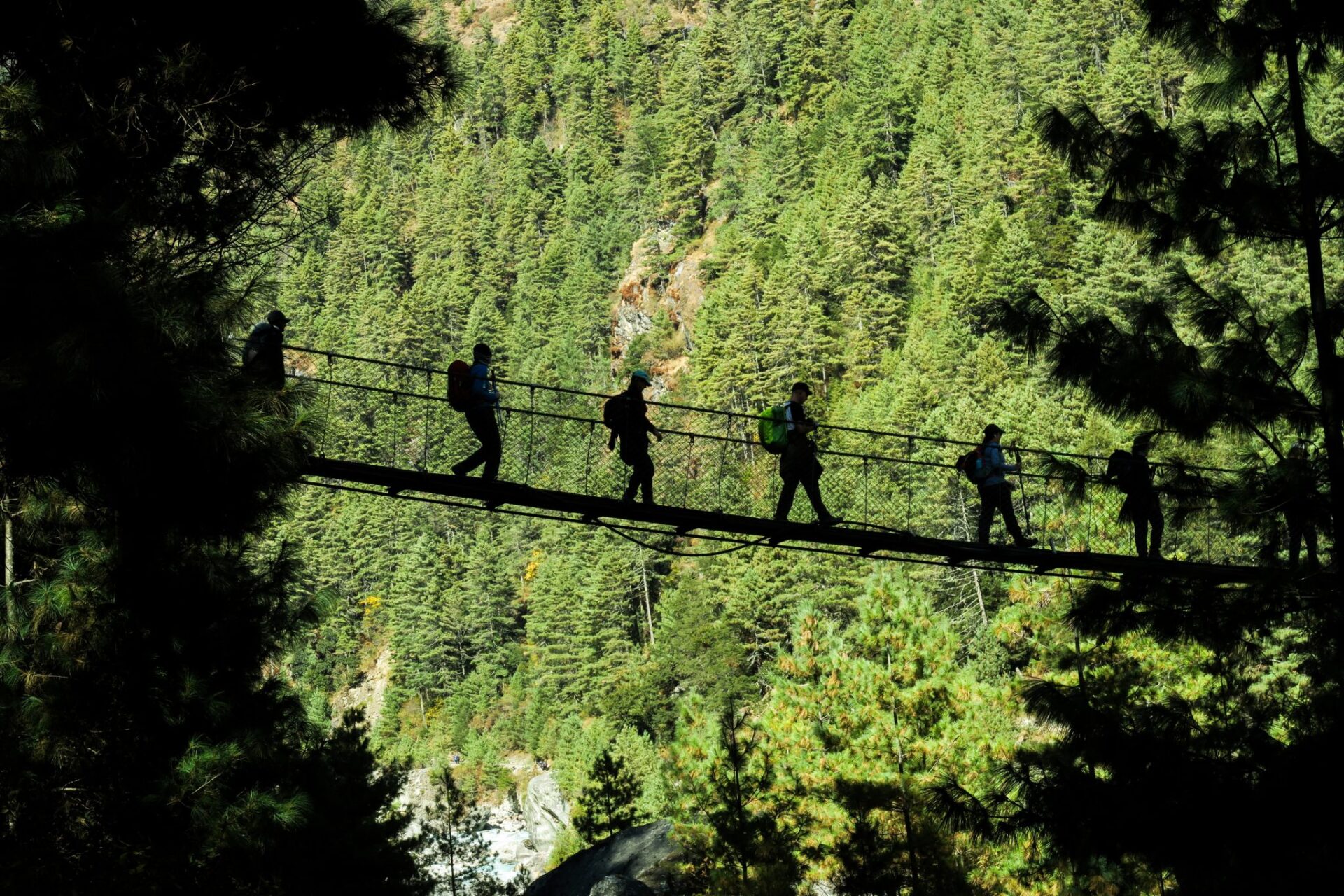Nepal, being home to the eight highest mountains in the world, is certainly one of the best trekking destinations in the world. A country of multi-ethnicity, Himalayan landscapes, rich cultural ethos and serene nature is a dream destination of every travel enthusiast. It is no wonder why thousands of travelers, hikers, mountaineers, and adventure seekers visit Nepal every year.
From the world’s popular Everest Base Camp to the forbidden valley of Upper Mustang to the off-beaten trails of Manaslu one will not get enough of the ultimate trekking experiences in Nepal.
In this blog, we will talk about a complete guide to trekking in Nepal so that you can plan a perfect trekking holiday in Nepal.
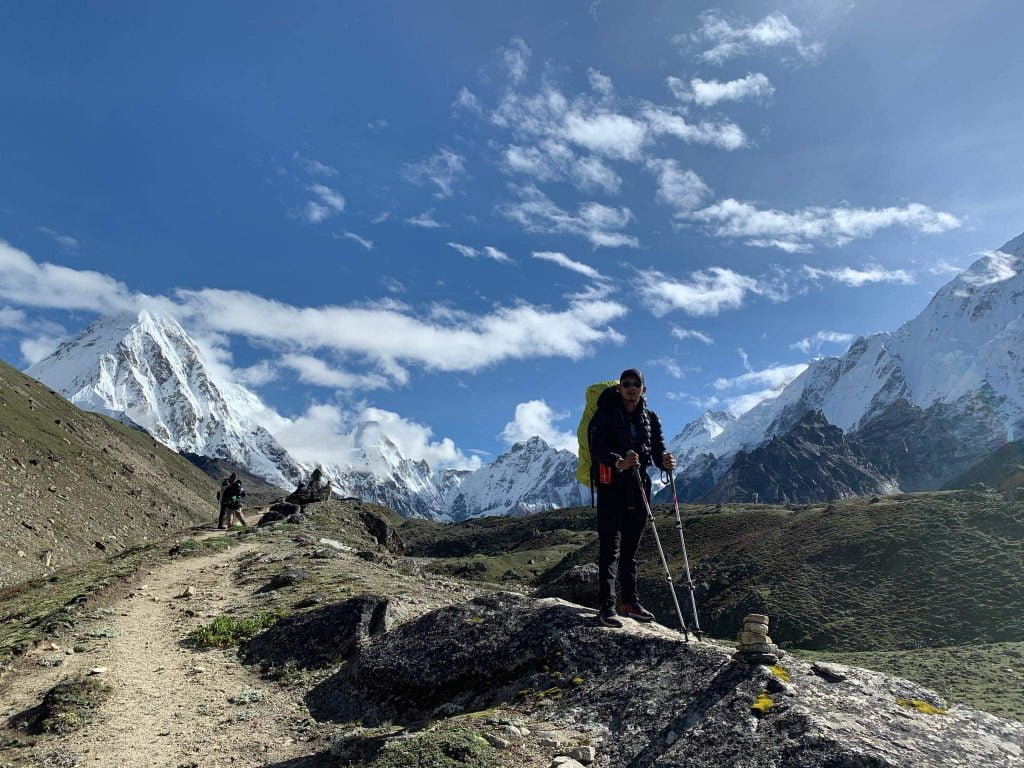
What is the best time to go trekking in Nepal?
Autumn and the Spring seasons are the best and peak trekking seasons in Nepal. Both of these seasons provide you the best trekking experiences in Nepal.
However, Trekking in Nepal can be done throughout the year depending on the region. Due to the unique geographical structure, the weather here in Nepal is perfect for almost every season. Likewise, each season has its own distinct attractions to offer you.
The trekking season in Nepal comprises Autumn, Winter, Spring, and Summer. Below are the best trekking seasons in depth.
Trekking in Nepal in Autumn (Mid-Sep/Mid-Dec): this season has pleasant weather, clear skies, tantalizing mountain views, lush greenery everywhere making the perfect time to trek in Nepal.
Trekking in Nepal in Winter (Late-Dec/February): this is the coolest time of the year with a temperature falling down to minus degrees Celsius. Trekking in winter will be challenging. However, you can trek at a lower altitude below 3000m.
Trekking in Nepal in Spring (March/Early-June): Flowers blooming everywhere, crystal clear skies, lush vegetation, sparkling mountain views, longer days, makes Spring season the second busiest time of the year to trek in Nepal.
Trekking in Nepal in Summer/Monsoon (June/Early-Sep): Worst time of the year to trek in Nepal because of high temperatures with heavy rainfall most of the time. The heavy rain causes landslides, muddy trails, and leech-infested.
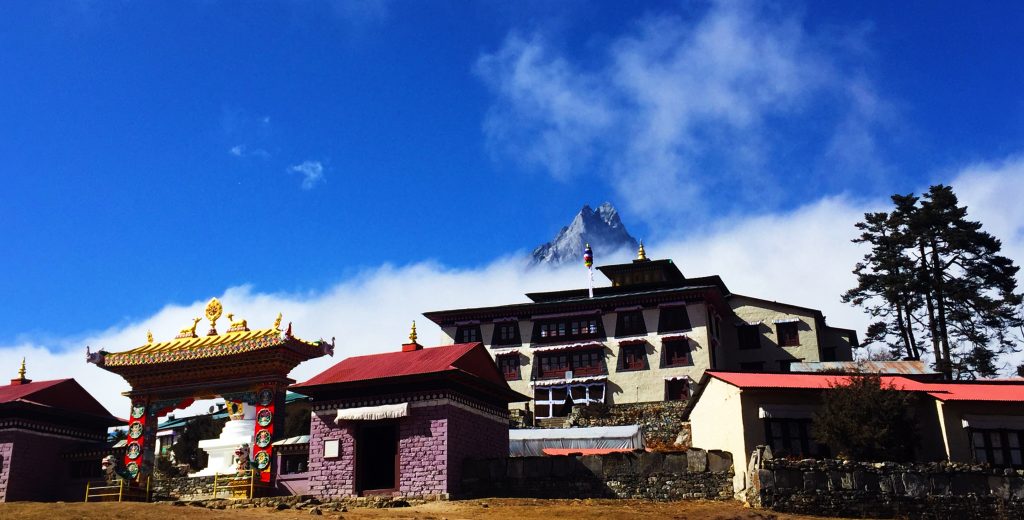
What are the best treks in Nepal?
The diverse terrain of Nepal offers you the most spectacular trekking routes and destinations in the world. These trekking routes and destinations are best in their own way and every trekking region offers you their own interesting appeal and wonders. Hence, it would be rather unfair to name one as the best trek in Nepal.
Below is the list of the best trek in Nepal based on the features of those treks.
Everest Region
- Everest Base Camp
- Gokyo Lake Trek
- Everest Three High Passes
- EBC Chola Pass Trek
- Amadablam Base Camp
Annapurna Region
- The Annapurna Circuit Trek
- Annapurna Sanctuary
- Mardi Himal Trek
- Ghorepani Poonhill Trek
- Nar Phu Valley Trek
- Tilicho Lake & Mesokanto la Trek
Langtang & Helambu Region
- The Langtang Valley Trek
- Langtang Valley & Holy Gosainkunda Trek
- Helambu Circuit Trek
- Tamang Heritage Trail
Mustang Valley Region
- Upper Mustang Trek
- Lower Mustang Trek
Manaslu Region
- Manaslu Circuit Trek
- Tsum Valley Trek
Other Region
- Dhaulagiri Himal Trek
- Ganesh Himal Trek
- Upper Dolpo Trek
For detail information on all this region, you can click here.
Complete guide to Trekking in Nepal: Trek Difficulty
Nepal offers a wide range of trekking routes of different lengths and difficulties. Hence, trekking difficulties in Nepal are classified into three grades on the basis of trip duration, geographical structure, and altitude.
Easy Trek / Grade A: This grade trek is for those who are a beginner and have no any previous trekking experiences. The easy trek is designed for everyone including children, old people, students, and families. Most of the easy trek will be below 4000m.
Moderate Trek / Grade B: Moderate trek is designed for those who are looking for a bit of adventure and challenges. You need to be physically and mentally fit to carry out a moderate-level trek. The average altitude of these treks will be 3900 meters to 4800 meters.
Challenging Trek / Grade C: If you are looking for more thrill and adventure in the Nepal Himalayas then choose Grade C treks. These level treks are done mostly above 5000m+ and you have to cross high passes and snow-filled lands. It requires a high level of stamina and trekking experiences.
Trekking Permits You Need
A trekking permit is compulsory while trekking in Nepal whether you do it independently or with agencies. It keeps records and provides the safety of the travelers visiting Nepal.
Here are the types of permits required for trekking in Nepal:
-TIMS Card (Trekkers’ Information Management Systems)
-National Park Permit
-Conservation Area Project Permit
-Special Permit / Restricted Area Permit
-Rural Municipality Fees
You can purchase these trekking permits at the Tourism Board Office in Kathmandu or Pokhara.
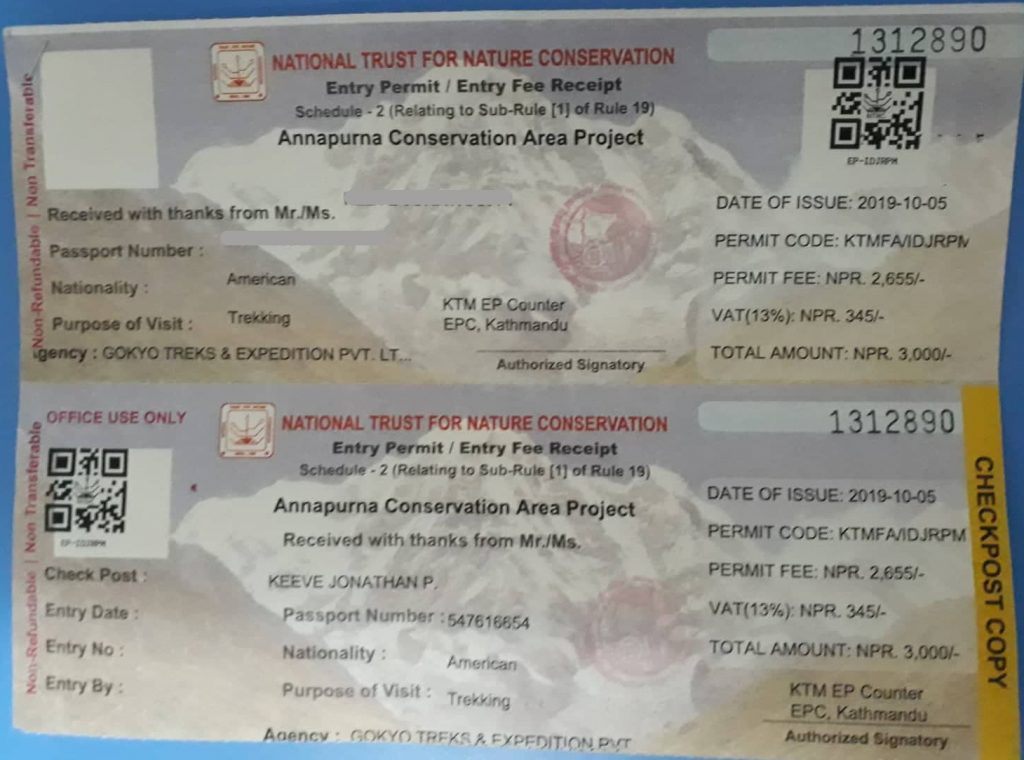
Trekking in Nepal without a Guide
It is possible to trek in Nepal without a guide in most parts of Nepal including the popular trails Everest Base Camp, Annapurna Base Camp, Annapurna Circuit, and many others.
However, in other restricted places like Upper Mustang, Manaslu and Kanchenjunga you will compulsorily need a Nepali guide and a Restricted Area Permit.
But, since most of the treks are done in a remote Himalayan region it is always better to have a trekking guide by your side. They are experts in leading the way & providing all the detailed information as well as they are specialized in performing first aid treatment & preventing you from possible dangers.
A standard price for hiring an experienced English-speaking guide is USD $25-30 per day. And for a porter, you can share one porter for two trekkers which costs USD $20-25 per day. The luggage for the porter shouldn’t be any more than 15kg.
I suggest you organize your trekking plan before you get to Nepal and always have a guide & porter to make your trekking experience easier & fun.
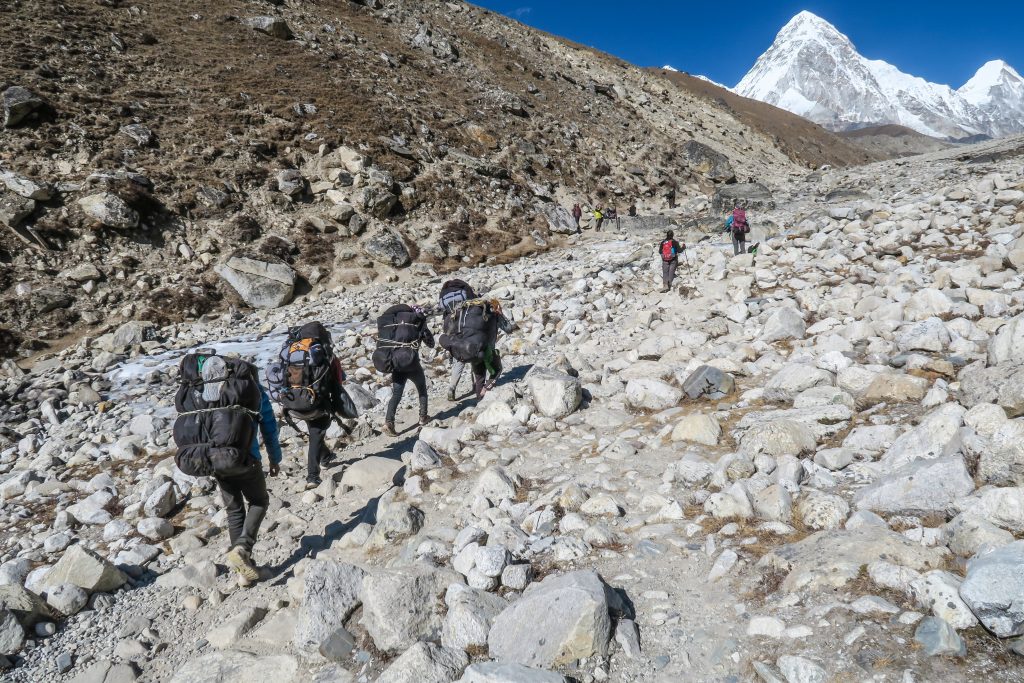
What is the average cost of trekking in Nepal?
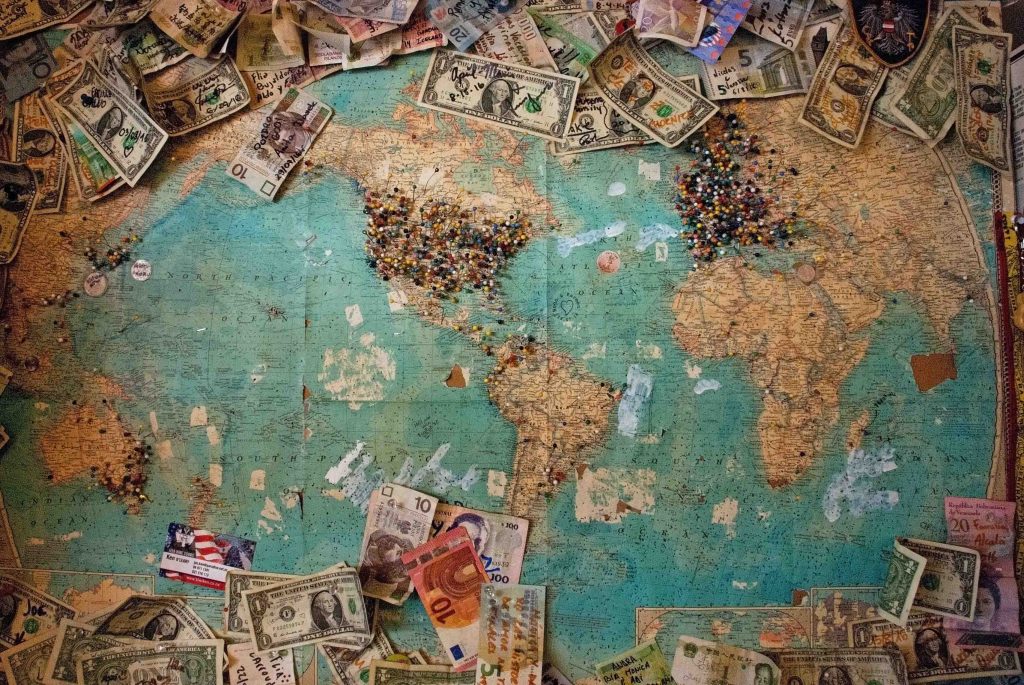
You may all know that there is no such place on Earth where we could travel for free. And of course, spending money on traveling is, in fact, a way of helping in the economic development of that specific place.
The cost to trek in Nepal depends upon the nature of your trip/trek type.
The trek in Nepal can be as short as three days & a long trek maybe 30 days or more. The shortest trip/trek can cost you around USD 400-500 including all the food, accommodation & other facilities included in the package. For the long trip/trek it can cost you anywhere from USD 2,000 – 5,000 on average including all the necessary facilities.
Similarly, here is a list of what included & what not included in your budget. (*facilities depends on your package)
What’s included?
-A private vehicle for your arrival & departure
-Transportation (Tourist Bus / Private Vehicle / Public Bus / Plane / Helicopter)
-All the food (Breakfast/Lunch/Dinner) & accommodation (Restaurant/Teahouse/Lodge)
-Trekking permit cards
-All the entry fees
-Necessary equipment’s for trekking
-First aid treatment
-Government & local taxes
What’s not included?
-Visa fee
-Travel expenses
-All your personal expenses
-Tips for guide & porter
-Any additional stay in hotels in case of an early return from the trek or an extended stay in Nepal
-All your personal things and necessaries which are not mentioned in cost included
Before you come to trek in Nepal
People from all over the world come to trek in Nepal to experience thrilling adventure & the term thrilling suggests uncertainty, isolation & risk. Since the trek is done in high altitude regions there are chances of respiratory infections, frostbite & altitude sickness. Therefore, these kinds of problems could interrupt your trekking plan. However, you can minimize these possible risks with some extra care.
Here are the basic necessities you need to know before you come to trek in Nepal.
-Travel insurance
-Immunization
*Hepatitis *Rabies *Polio *Typhoid *Tetanus * Meningitis
What to pack for a trekking in Nepal?
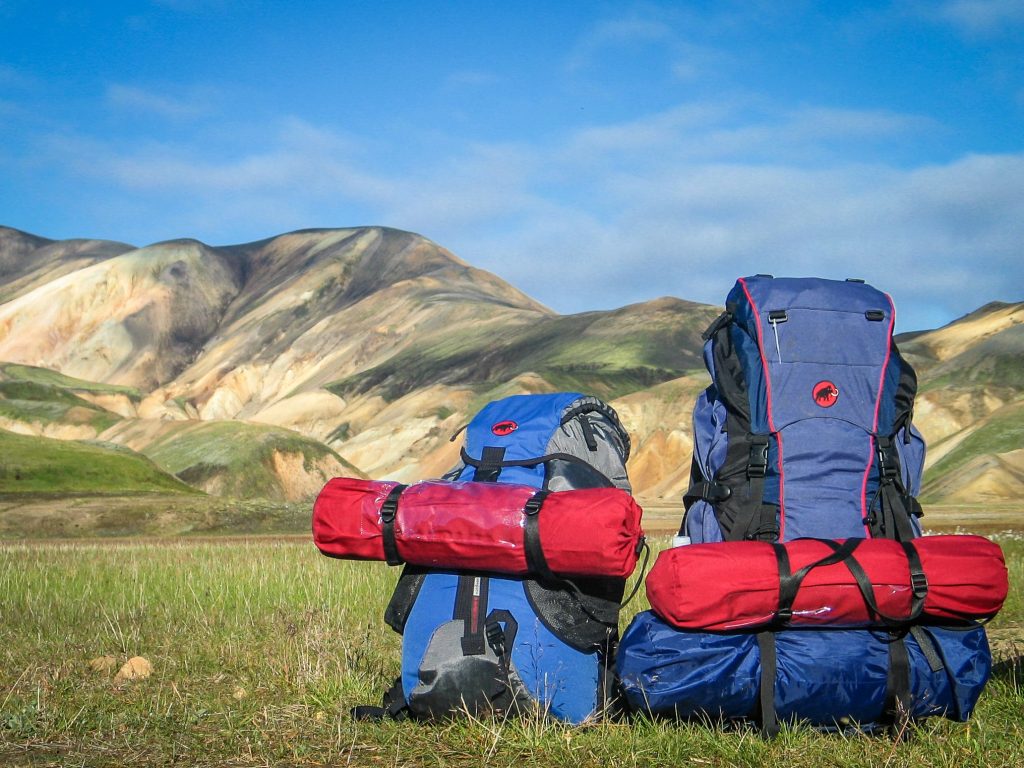
Trekking in Nepal is once in a lifetime experience & I bet you don’t want your adventurous trip to this beautiful country to get ruined by simple things. So if you don’t want to face any unwelcoming events then it will be better to come well prepared. However, your safety will be guaranteed by the travel agencies but it’s better to be self-cautious. And you might already know well that you are trekking in Himalayan regions at higher altitudes.
So how do you prepare for a trek in Nepal? Here is a basic necessary item you must include in your backpack before you hit the trail.
- Bring enough warm clothes
- Water purification, preferably liquid iodine
- Basic first aid kit
- Sunhat, sun cream, sunglasses, etc.
- Cameras & battery charger
If you found this article on “A complete guide to Trekking in Nepal” helpful then share this with your friends & family.
or
If you have any questions or queries then please leave us a comment or send us a mail at [email protected]

